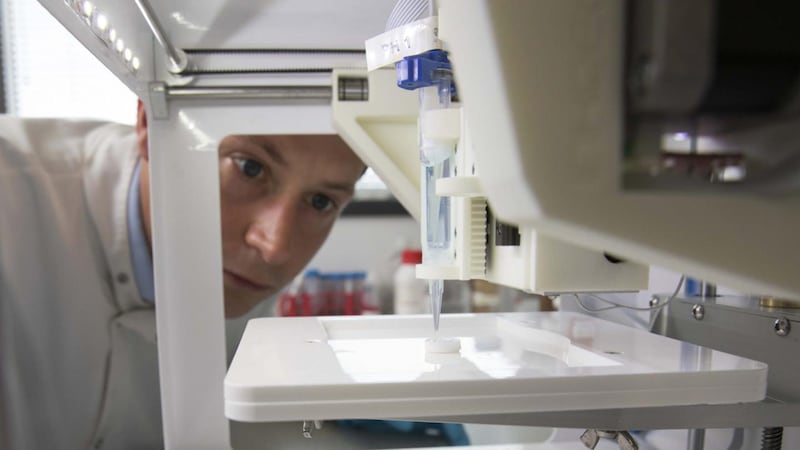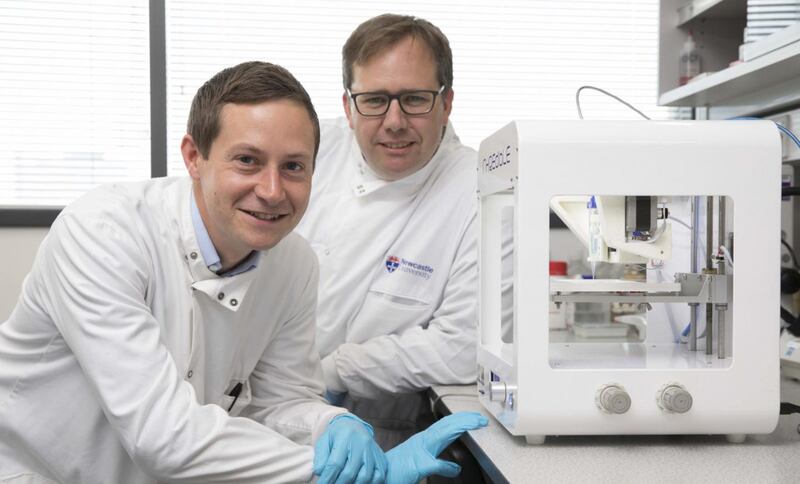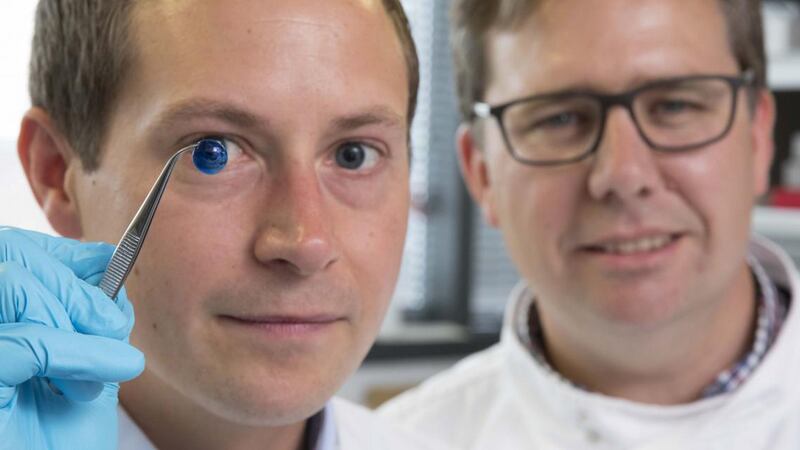Scientists have for the first time designed and 3D printed human corneas.
The research, which is still in its proof-of-concept stage, uses stem cells from the cornea mixed with organic compounds to create a “bio ink” that can be used for printing.
According to scientists at the University of Newcastle, the technique “could be used in the future to ensure an unlimited supply of corneas”.
The cornea is the transparent, outermost layer forming the front of the eye which plays a key role in vision by controlling and focusing the entry of light into the eye.
The researchers say around 10 million people worldwide need surgery to prevent corneal blindness as a result of eye diseases, while close to five million have succumbed to total blindness due to corneal scarring.

The team used stem cells extracted from the cornea of a healthy donor and mixed it with alginate – used by dentists to make false teeth – and collagen – the main structural protein found in skin – to create a gel-like substance serving as the ink.
The team then printed the shape of a human cornea using a low-cost bio printer – a process that took less than 10 minutes – and allowed the stem cells to grow.
Che Connon, professor of tissue engineering at Newcastle University, who led the study, said: “Many teams across the world have been chasing the ideal bio-ink to make this process feasible.
“Our unique gel – a combination of alginate and collagen – keeps the stem cells alive whilst producing a material which is stiff enough to hold its shape but soft enough to be squeezed out the nozzle of a 3D printer.
“This builds upon our previous work in which we kept cells alive for weeks at room temperature within a similar hydrogel.

“Now we have a ready to use bio-ink containing stem cells allowing users to start printing tissues without having to worry about growing the cells separately.”
The scientists say their technology will allow them to print corneas of different shapes and sizes, tailored to patients’ needs.
Prof Connon said further testing needs to be done and could take “several years before we could be in the position where we are using them for transplants”.
He added: “However, what we have shown is that it is feasible to print corneas using co-ordinates taken from a patient eye and that this approach has potential to combat the worldwide shortage.”
The research is published in the journal Experimental Eye Research.








